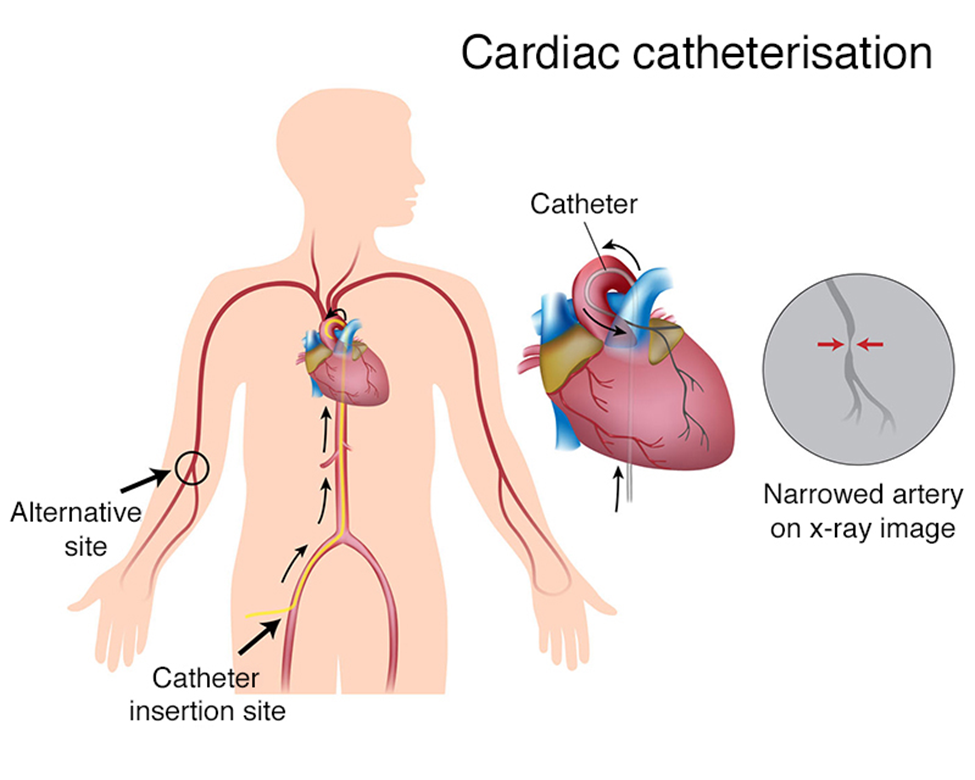A nurse is assessing a client who is postoperative and has anemia due to excess blood loss following surgery. Which of the following findings should the nurse expect?
Hypertension
Diarrhea
Fatigue
Bradycardia
The Correct Answer is C
A. Hypertension: Anemia is more likely to be associated with hypotension rather than hypertension. The body often responds to anemia by increasing heart rate and cardiac output to compensate for reduced oxygen-carrying capacity.
B. Diarrhea: Anemia itself is not directly associated with diarrhea. Excess blood loss can lead to anemia, but diarrhea is not a typical manifestation of anemia.
C. Fatigue: This is the correct answer. Fatigue is a common symptom of anemia, as reduced oxygen delivery to tissues can lead to feelings of weakness, tiredness, and lack of energy.
D. Bradycardia: Anemia is more likely to be associated with compensatory tachycardia (increased heart rate) rather than bradycardia. The body attempts to maintain oxygen delivery to tissues by increasing cardiac output.
Nursing Test Bank
Naxlex Comprehensive Predictor Exams
Related Questions
Correct Answer is D
Explanation
A. Restrict the client's fluid intake: There is typically no need to restrict fluid intake after a cardiac catheterization. Adequate hydration is important for preventing complications and promoting recovery.
B. Ambulate the client 1 hr following the procedure: While early ambulation is encouraged in many cases, the timing may vary based on the specific protocols of the healthcare provider. It is important to follow the healthcare provider's orders regarding post-catheterization ambulation.
C. Instruct the client to perform range-of-motion exercises to his lower extremities: Range-of-motion exercises are beneficial to prevent complications such as venous stasis and deep vein thrombosis. However, the specific exercises and timing may vary. It is important to follow the healthcare provider's instructions.
D. Perform neurovascular checks with vital signs: This is the correct answer. After a cardiac catheterization accessed through the femoral artery, it is crucial to monitor neurovascular status in the affected extremity. Assessing peripheral pulses, skin color, temperature, and capillary refill, along with monitoring vital signs, helps detect any signs of complications such as bleeding or vascular compromise.

Correct Answer is B
Explanation
Correct answer: B
A. "I will take my diuretic before sleep and drink fluids during the day": This statement is not correct. Diuretics are usually taken in the morning to avoid disrupting sleep with increased urination at night. Additionally, fluid intake is generally restricted in congestive heart failure to manage fluid balance.
B. "I plan to slow down if I am tired the day after exercising":This statement reflects an understanding of the need to manage activity levels and recognize the signs of overexertion, which is crucial for clients with congestive heart failure. Pacing activities and allowing for adequate rest can help prevent exacerbations of heart failure symptoms.
C. "I will read food labels and limit my sodium to 4 grams per day": This is incorrect. Limiting sodium intake is a key component of heart failure management. The recommended sodium intake for individuals with heart failure is often much lower than 4 grams per day, typically around 2 grams or less.
D. "I should use naproxen to manage discomfort": Using nonsteroidal anti-inflammatory drugs (NSAIDs) like naproxen can contribute to fluid retention and worsen heart failure symptoms. This statement is not indicative of effective teaching.
Whether you are a student looking to ace your exams or a practicing nurse seeking to enhance your expertise , our nursing education contents will empower you with the confidence and competence to make a difference in the lives of patients and become a respected leader in the healthcare field.
Visit Naxlex, invest in your future and unlock endless possibilities with our unparalleled nursing education contents today
Report Wrong Answer on the Current Question
Do you disagree with the answer? If yes, what is your expected answer? Explain.
Kindly be descriptive with the issue you are facing.
